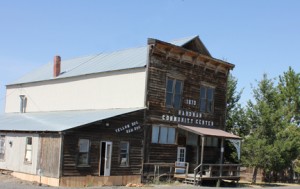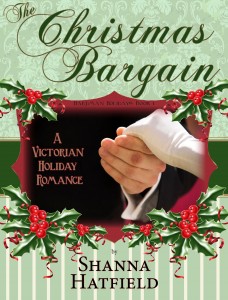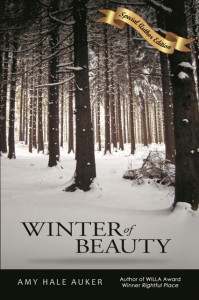My guest today is Shanna Hatfield, author of the Hardman Holidays series. Shanna, tell us about the setting for your exciting new series. I understand you’ve breathed life back into the ghost town of Hardman, Oregon.
Thank you, Mary. Two years ago, I decided to write a sweet Victorian holiday romance. As I debated making up a town or using a real one, I happened to come across information about Hardman, Oregon and chose it for the setting of The Christmas Bargain, the first book in my Hardman Holidays series.
Although classified today as a ghost town, Harman was once quite an exciting place to be.
John L. Royse, reportedly one of the most successful farmers in the area, and his brother were said to be the first permanent settlers in Hardman.
Originally named Dairyville, the town was popular as a freighting center and saw promising growth in its early days. Dairyville became known as Raw Dog, while a mile away a rival settlement sprang up, known as Yellow Dog.
Stagecoaches and wagon trains traveling north and south through eastern Oregon and Washington found convenient shopping points in both Raw Dog and Yellow Dog. The rivalry between the two locations escalated as they competed over which town would secure the stagecoach depot for the area. When Raw Dog received a permanent stagecoach station, the two towns became one, known as Dogtown.
The town’s name changed to Hardman in 1881 when David N. Hardman, a pioneer farmer, moved to town and, with the government’s consent, brought with him the post office which previously had operated from his farm. The town took the name of the post office, Hardman.
In the 1800s, the town boasted a skating rink, four churches, a school, and newspaper office.
In the late1800s, excitement rippled through Hardman with rumors that the railroad would be coming through town. When the railroad was routed through the nearby town of Heppner instead, the community of Hardman suffered a devastating blow, effectively stunting future growth.
By the 1920s, trucks replaced horses, mail routes changed and Hardman began its decline. The last business in Hardman closed in 1968.
Thank you, Shanna. I’ve always found ghost towns fascinating and your bringing fictional life back to Hardman is intriguing. For more information about the author and the Hardman Series, visit http://shannahatfield.com/contact/media-kit/cowboys-christmas-blog-tour/




